Labor is used symbolically, as a temporary trial through which the young protagonists have to go before they can find their true place in society. The depiction of labor is highly ambiguous: it is a punishment, and even when chosen voluntarily… it is a burden that brings neither joy nor satisfaction. The message young readers will get from these novels is thus somewhat dubious. Labor seems to be a curse, and is in any case a transitional state, lasting merely until the characters have miraculously freed from it. Like the case with so many other dominant themes in children’s fiction, the authors seem to be trying to keep their readers in comfortable innocence about the hardships and anxieties of adult life.
Maria Nikolajeva in The Rhetoric of Character In Children’s Literature
One form of manual labour depicted well in children’s literature is the work of a farmer. Farm work is often idealised, and storytellers seem to enjoy depicting the quietude of farm life as much as the labour itself.



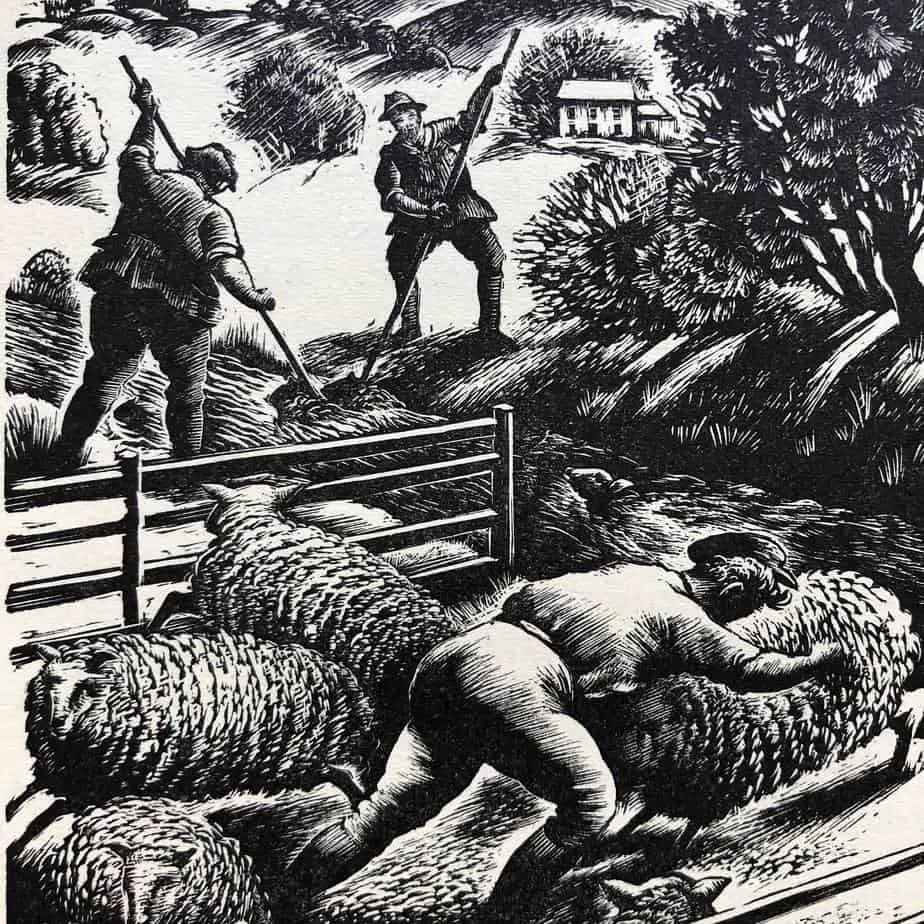



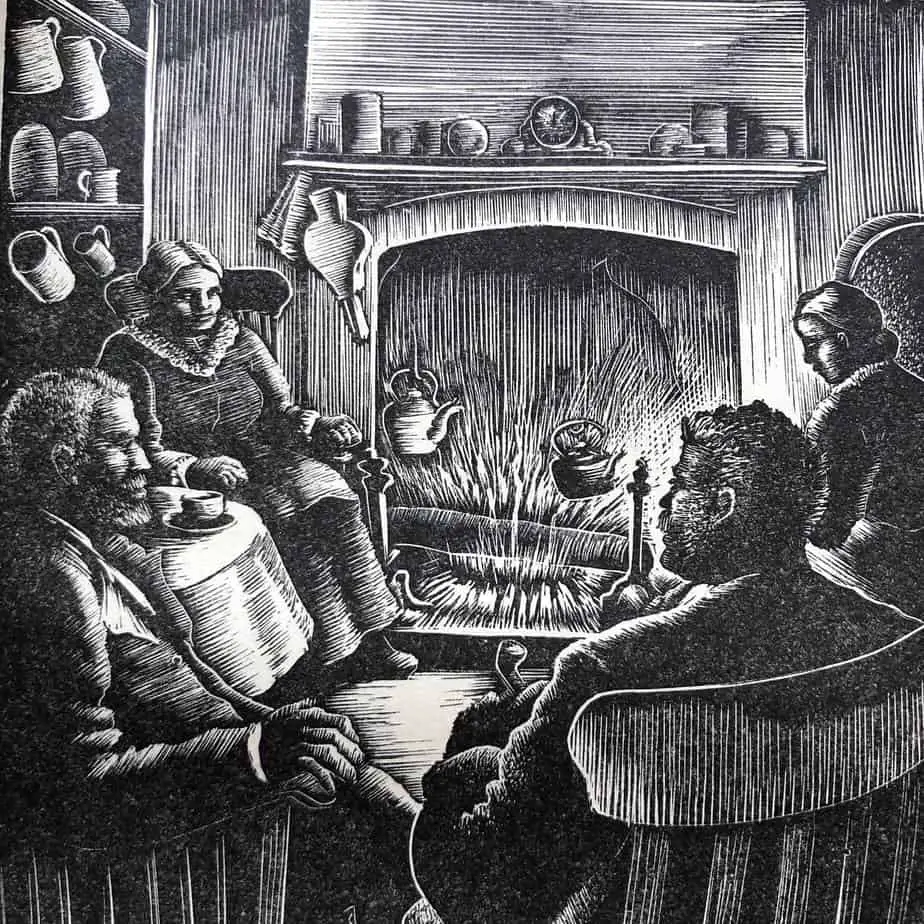

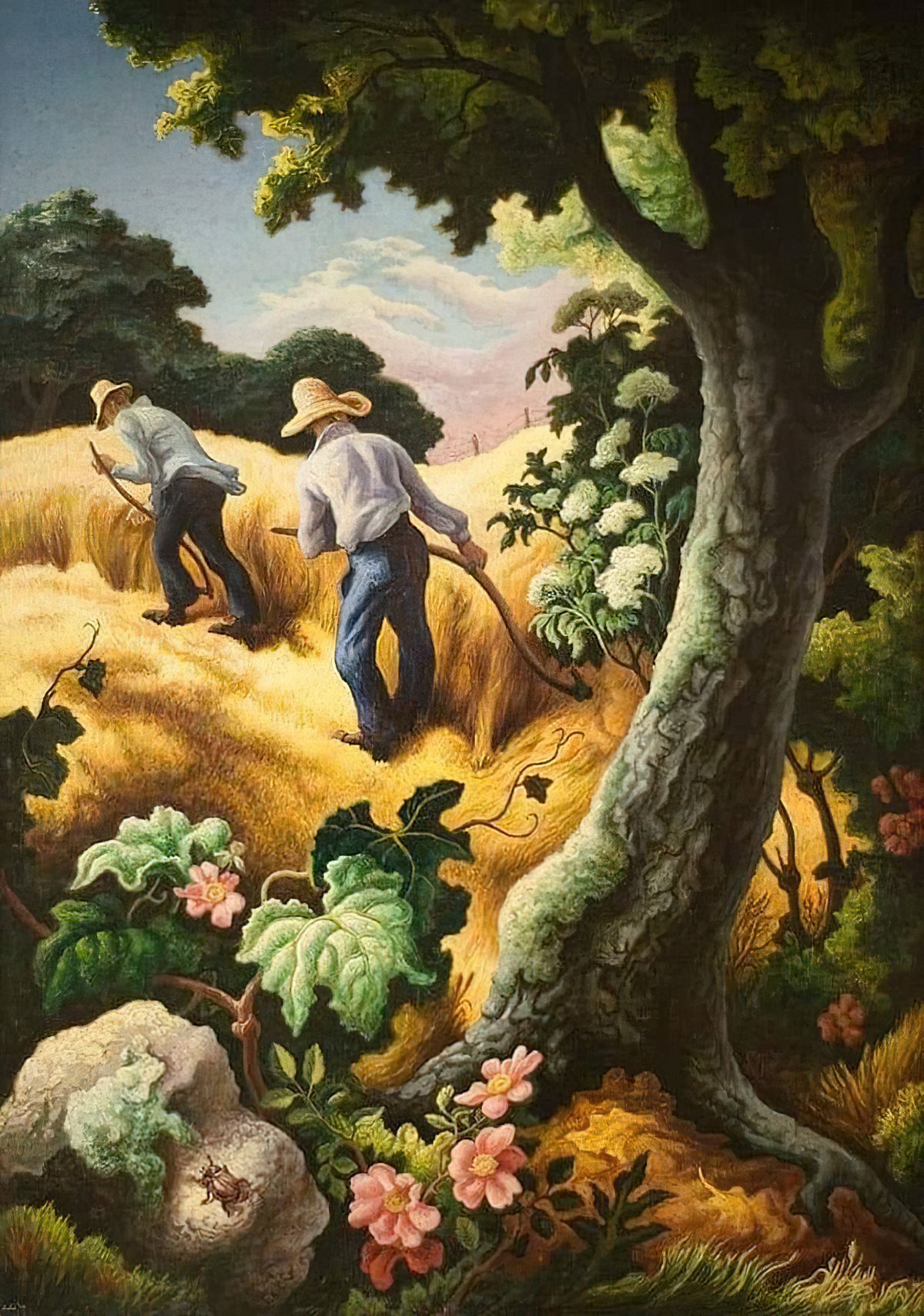
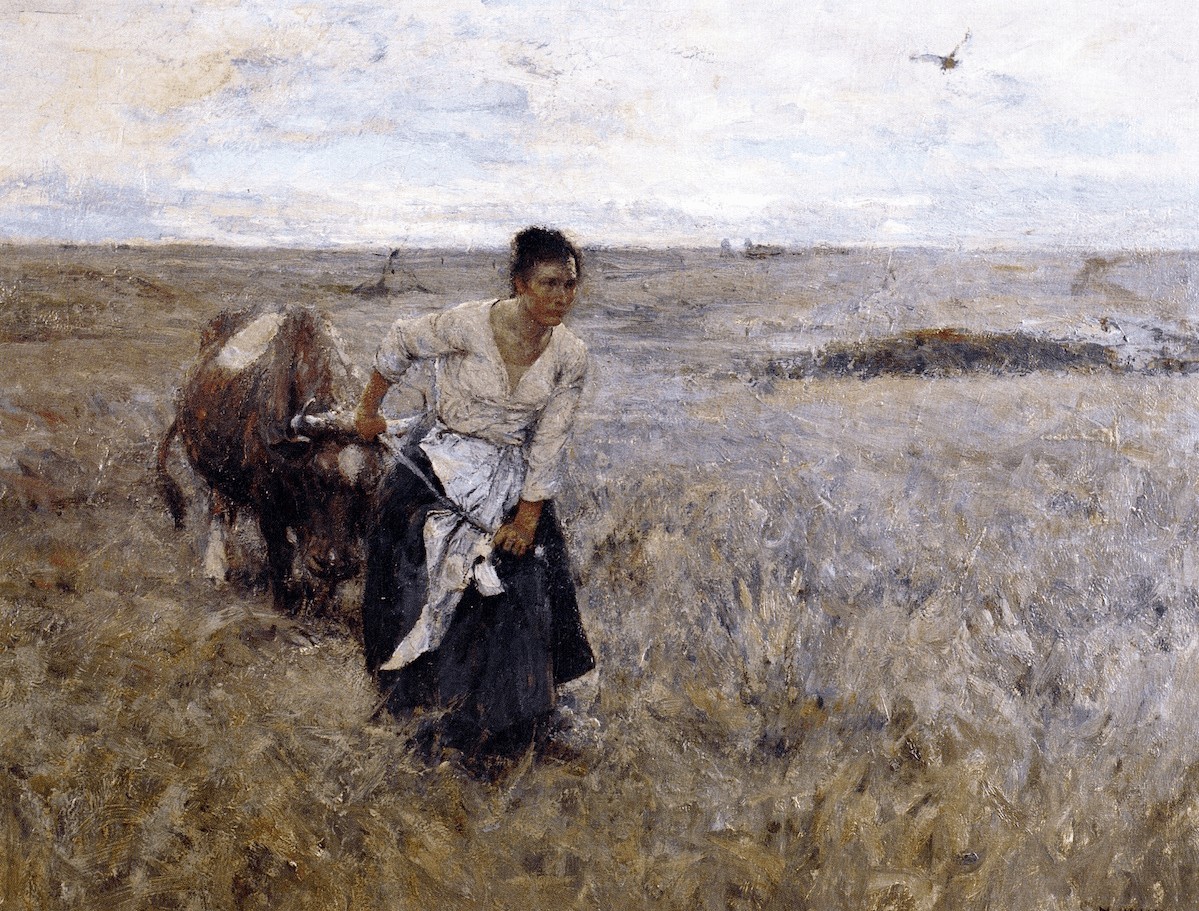
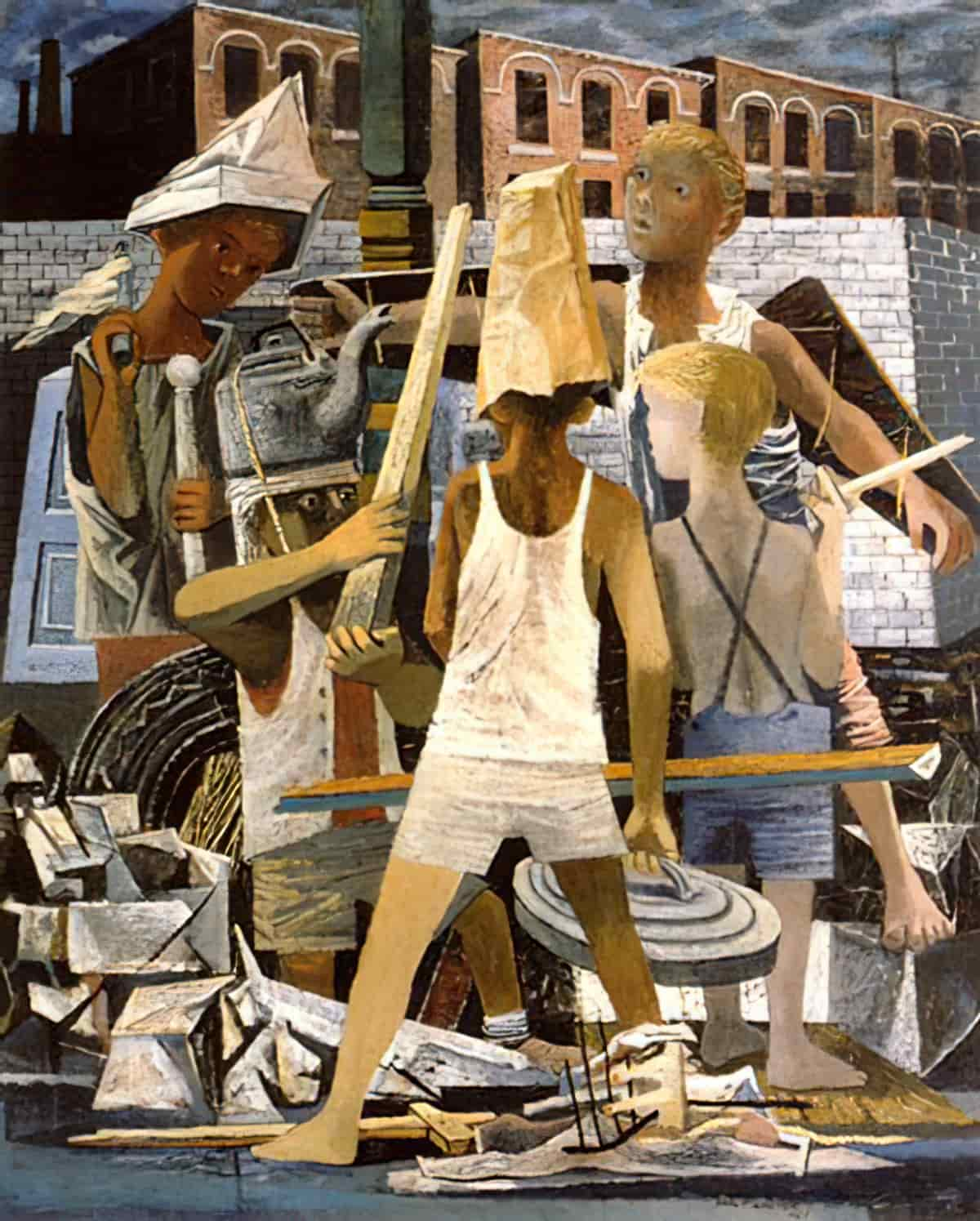
Woman farmers have been more commonly known as ‘rural homemakers’.
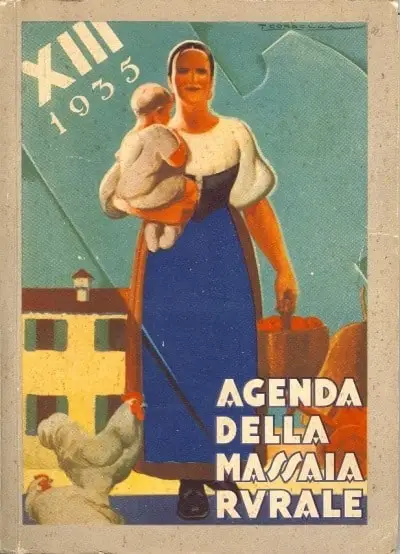
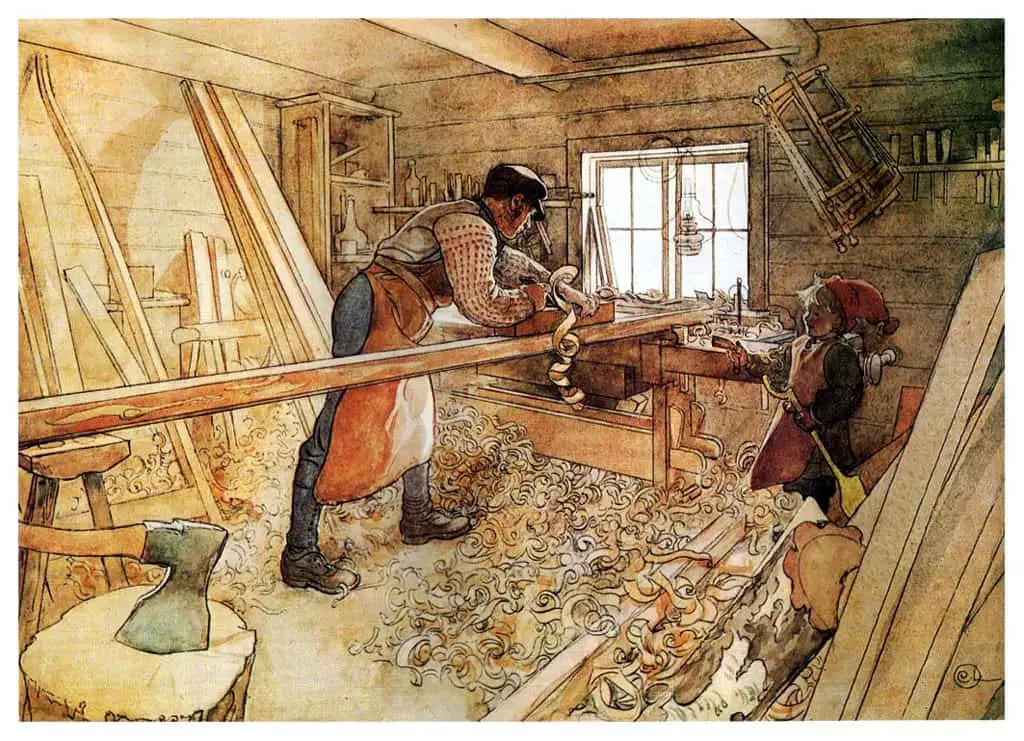


Certain types of work have been invisibilised as work. When nannies appear in children’s literature I doubt their presence is coded by child readers as ‘work’. This is because the work of mothers is not regarded (or valued) as work, and nannies are mother stand-ins. The same could be said of maids, where they appear in children’s stories.
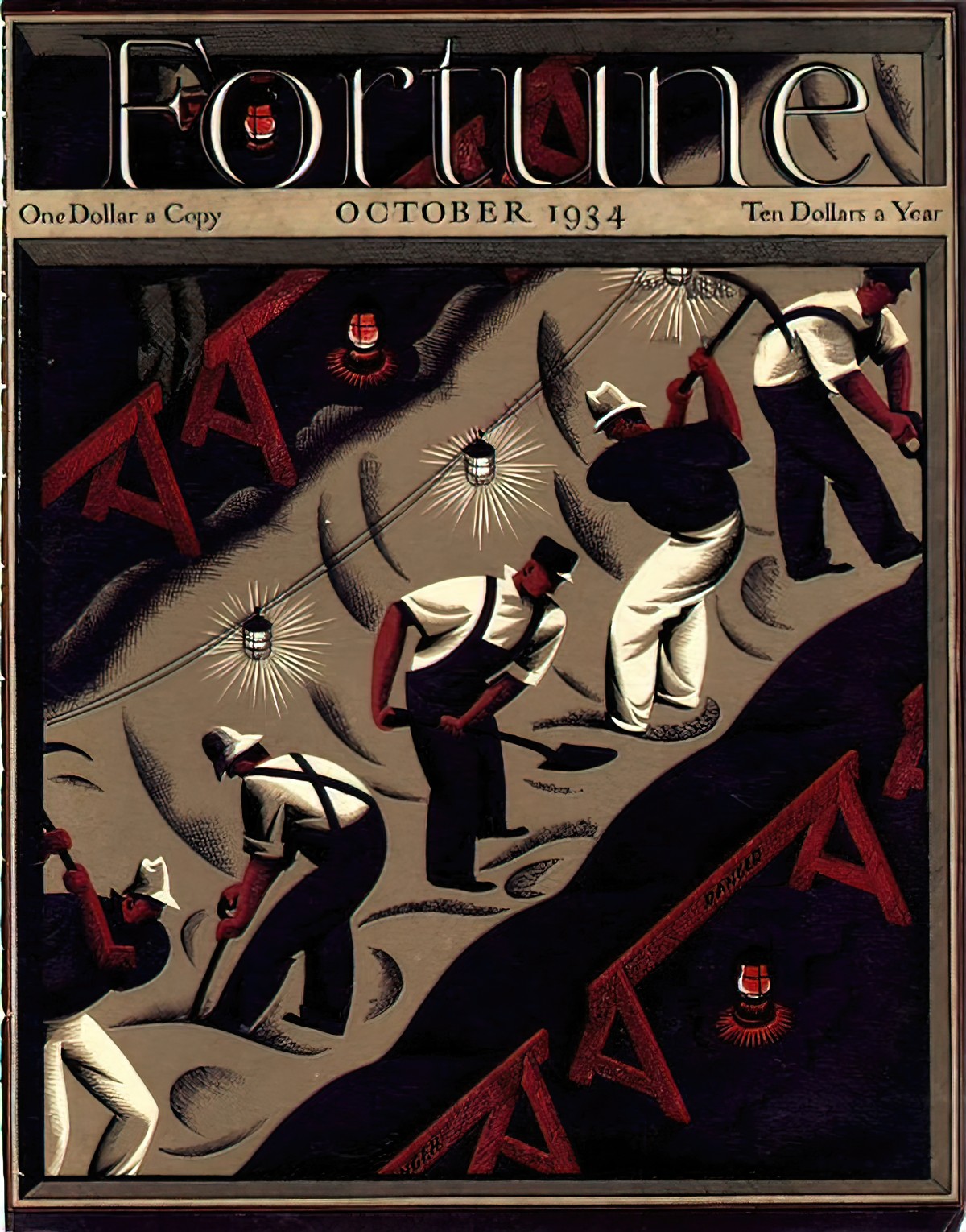

FOLLOW-ON QUESTIONS
- 1. How is work depicted in children’s books that you have read lately?
- Is there a gender difference between who works and who doesn’t? (Who performs the nurturing work in children’s stories?)
- What sorts of jobs do fathers in fiction most typically have?
- We typically spend a third of our days working. But most children’s stories gloss over these hours. Then again, so do mainstream stories for adults: most people’s work is generally not that interesting. Nevertheless, children might well absorb certain messages about the nature of work and who does it. What might those messages be?
- Can you think of any examples of manual labour in children’s literature, classic or contemporary?
- Work is often used for symbolic purposes: work brings about emotional changes in a character. Can you think of any examples?
- The profession most likely depicted in children’s literature is teaching. Teachers fall into one of two types. What are those types?
- Are jobs evenly represented across children’s literature, or are certain types of work more heavily represented than others? Why? Can you think of any unusual but real-world jobs performed by adults in children’s literature?
- Some stories require unrealistic of work and workplaces. Of the jobs you know well, how do fictional representations differ from real world work? (See: How Police Procedurals Are Different From Real Police Work.)
To discuss the issue of blue collar work and its negative portrayal in society, Sociology Sounds recommends Daddy’s Hands by Holly Dunn.
FOR FURTHER INVESTIGATION
This episode features two guest speakers, recorded live at the flagship conference of The Folklore Society in 2018, held at the Museum of English Rural Life in Reading and examining aspects of rural life and folklore from around the world.
Rosalind Kerven presents “Spinners, Servants and Midwives: Women at Work in British and Irish Folk Narratives” and Jo HIckey-Hall speaks on fairy lore in her paper “Wilt gie us the lend of thy plough and tackle?: Fairies at Work”.
The Folklore Podcast


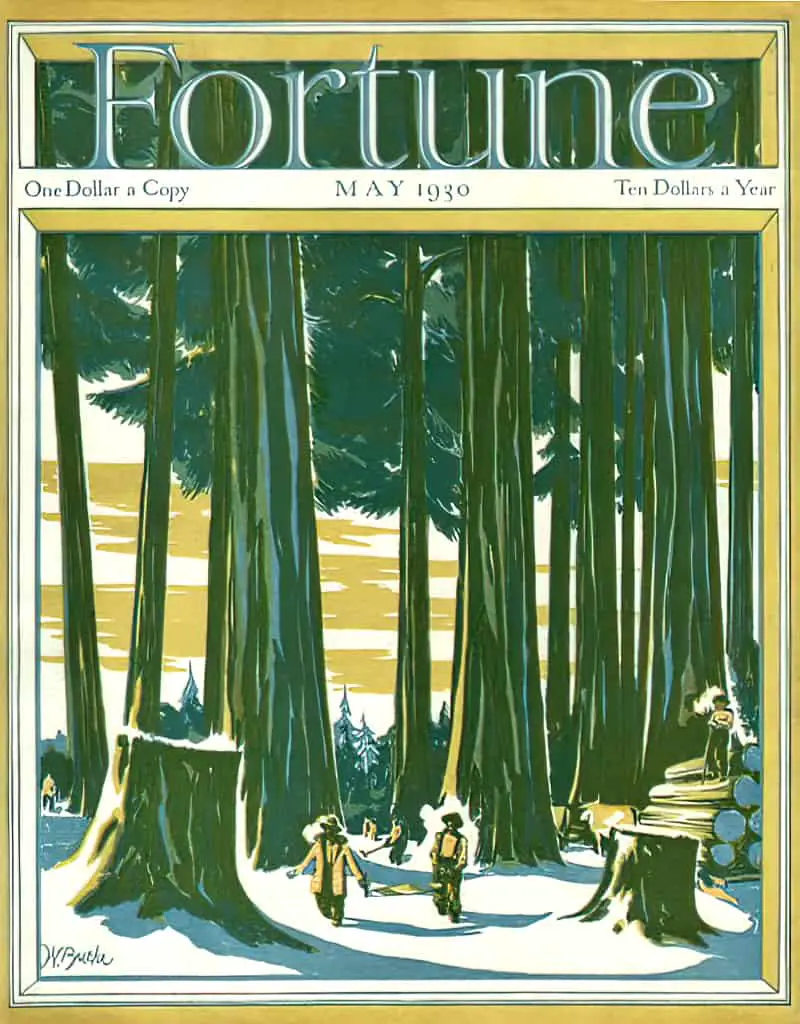


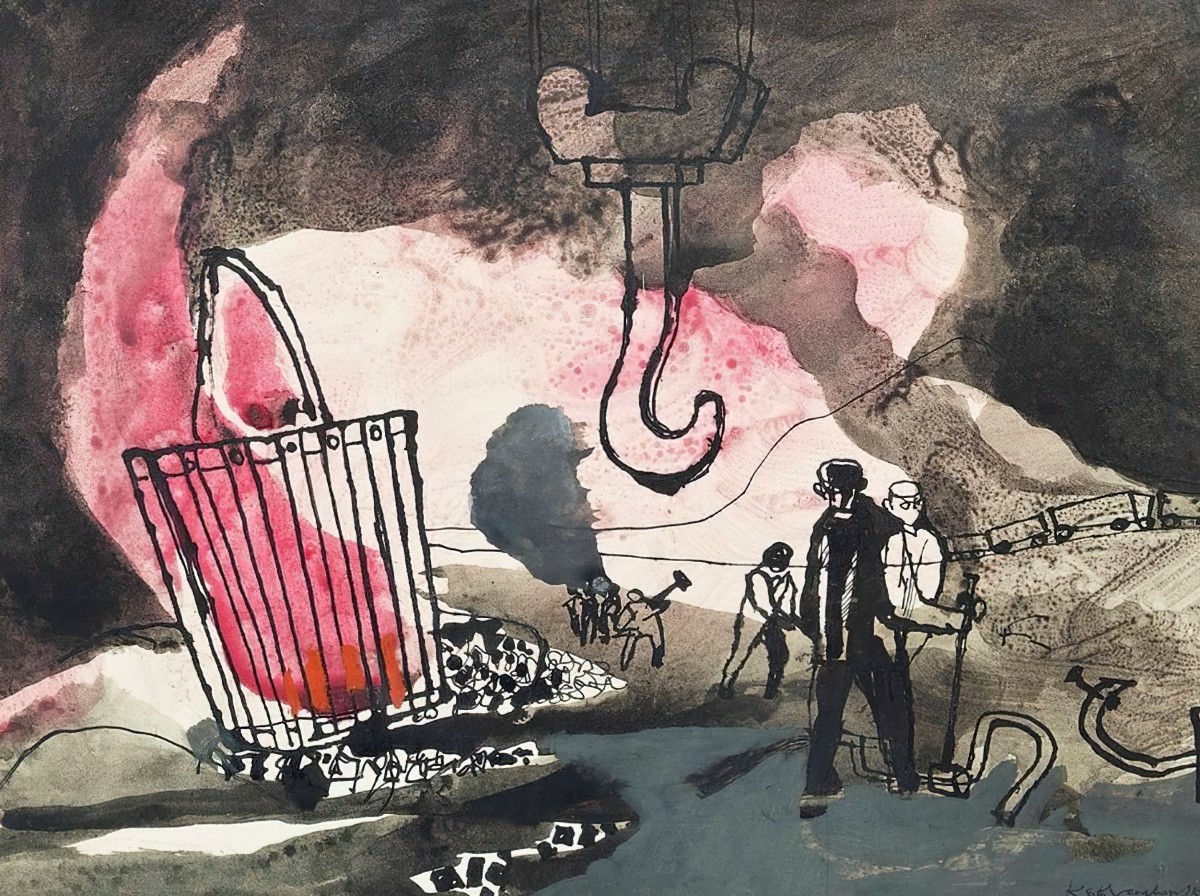
Header painting: Industry 1894 by Henry Silkstone Hopwood 1860-1914

